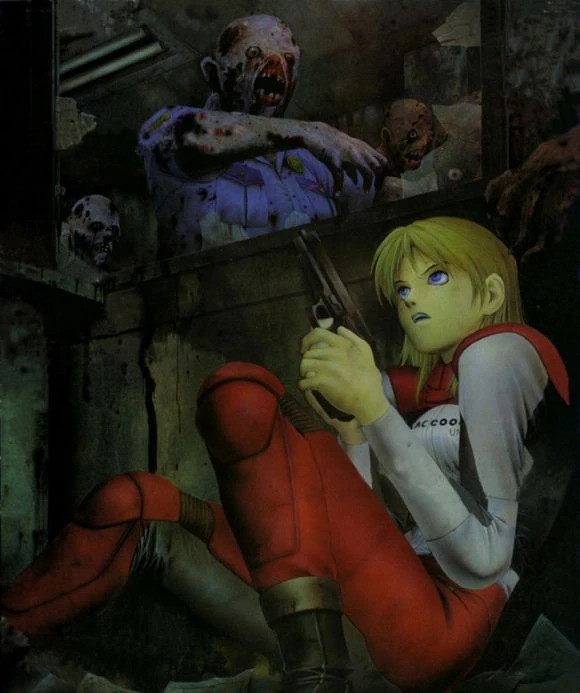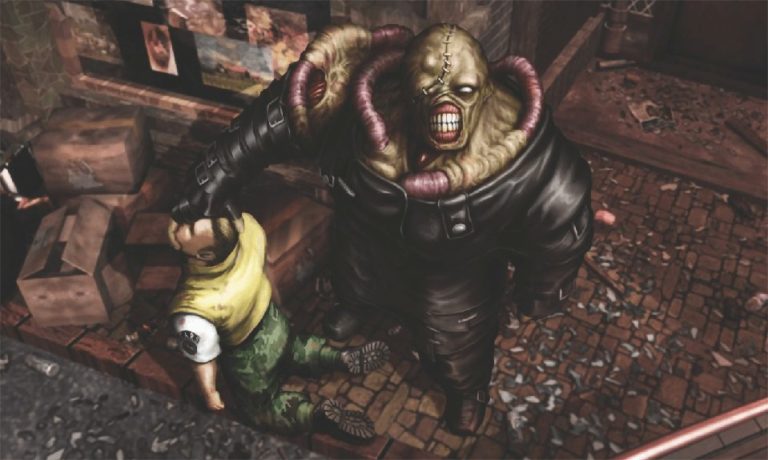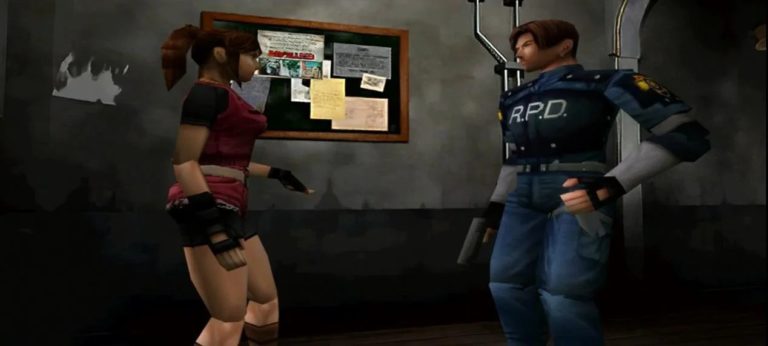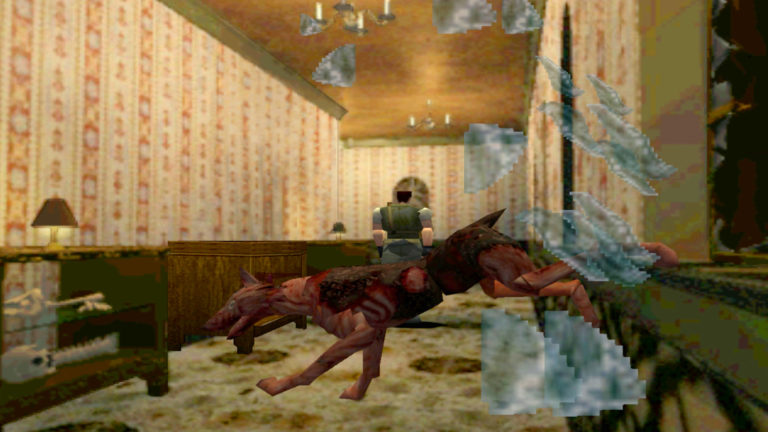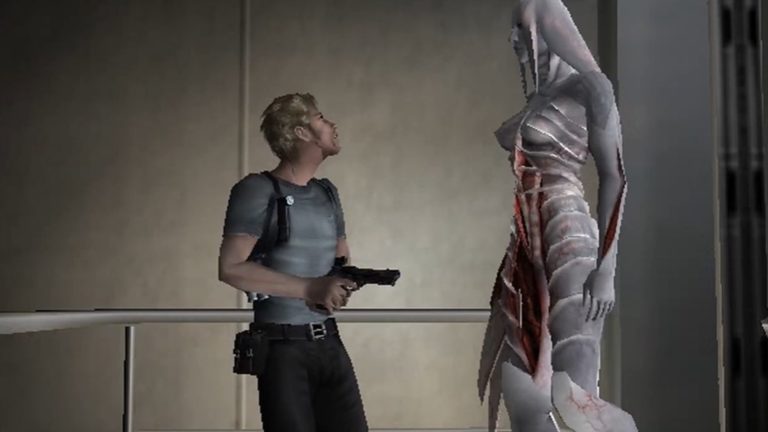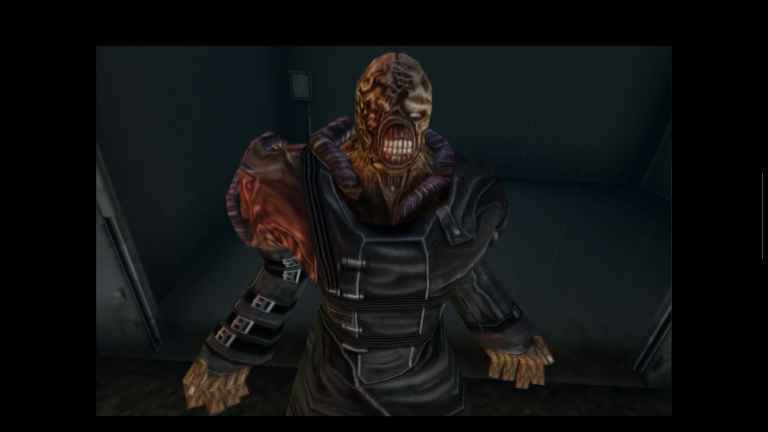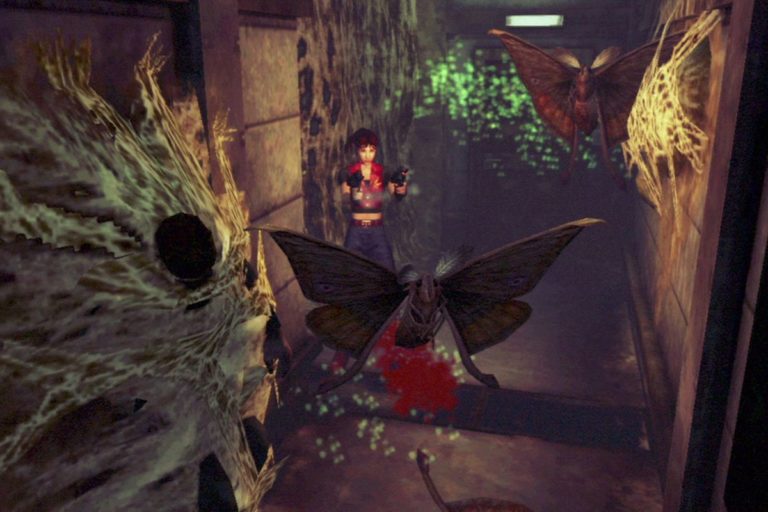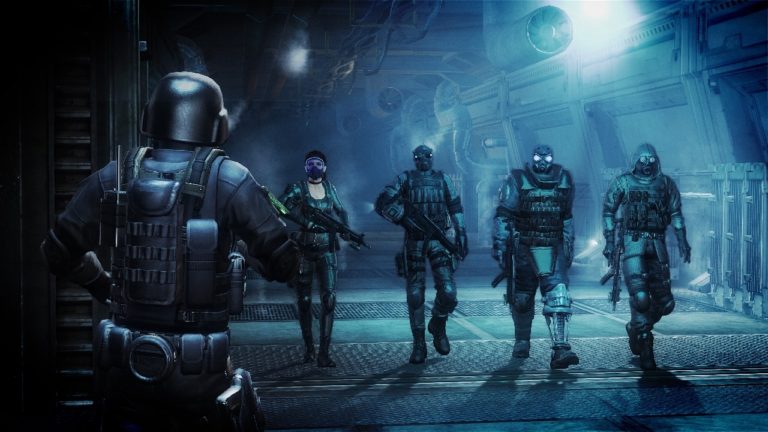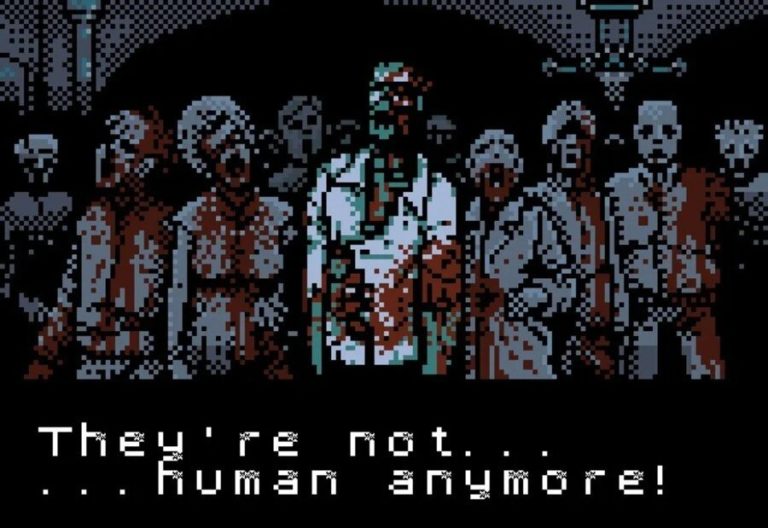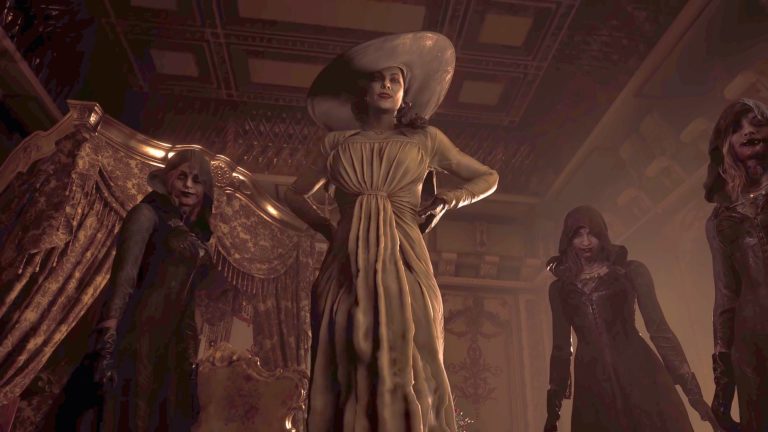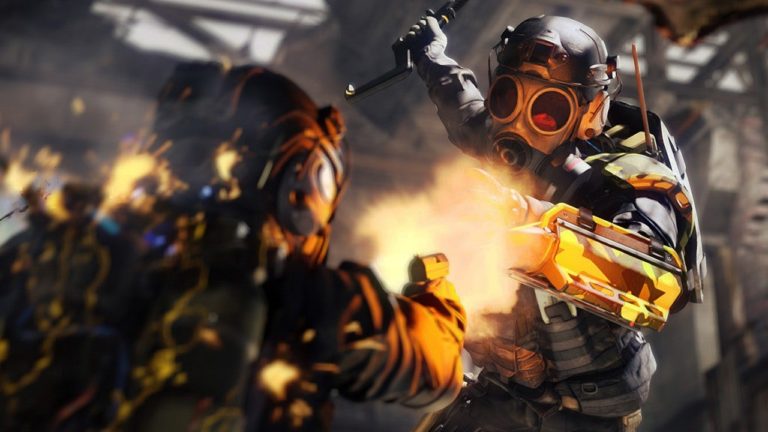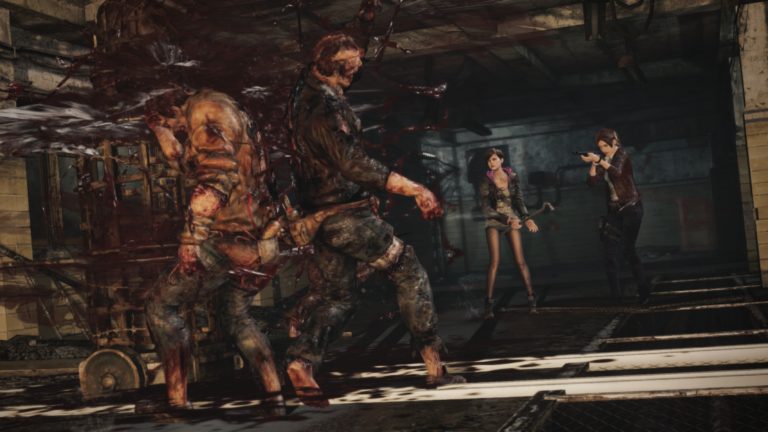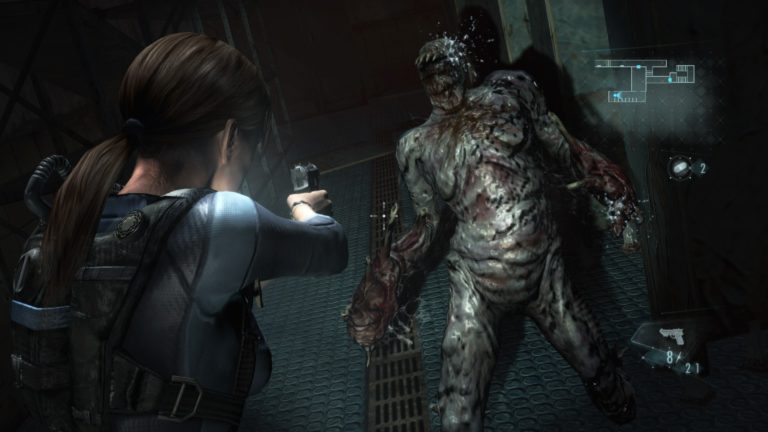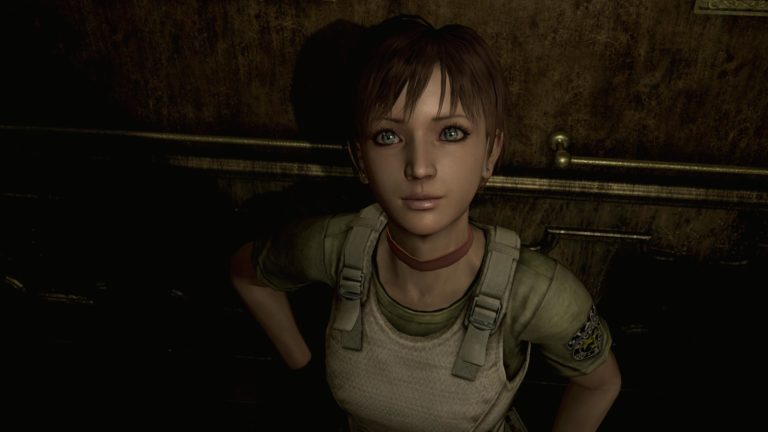Welcome back to a very special bonus entry in the Resident Evil love/hate series! In this entry...
Resident Evil (VG)
Welcome back to the Resident Evil love/hate series! In this entry we’ll be going over the original...
Welcome back to the Resident Evil love/hate series! In this entry we’ll be going over the original...
Welcome back to the Resident Evil love/hate series! Now that we’ve been through all the main entries...
Welcome back to the Resident Evil love/hate series! In this entry we’ll be going over the third,...
Welcome back to the Resident Evil love/hate series! In this entry we’ll be going over one of...
Welcome back to the Resident Evil love/hate series! It has been quite a while since the last...
Welcome back to the Resident Evil love/hate series! In this entry we’re looking at Resident Evil: Operation...
Welcome back to the Resident Evil love/hate series! In this entry we’re looking at the truly bizarre...
Welcome back to the Resident Evil love/hate series! In this entry we’re looking at Resident Evil Village,...
Yeah that’s right, this one doesn’t even have the Resident Evil moniker, Capcom literally just called it...
Welcome back to the Resident Evil love/hate series! In this entry we’re looking at Resident Evil: Revelations...
Welcome back to the Resident Evil love/hate series! In this entry we’re going to start arguably the...
Welcome back to the Resident Evil love/hate series! In this entry we’re going to be looking at...
